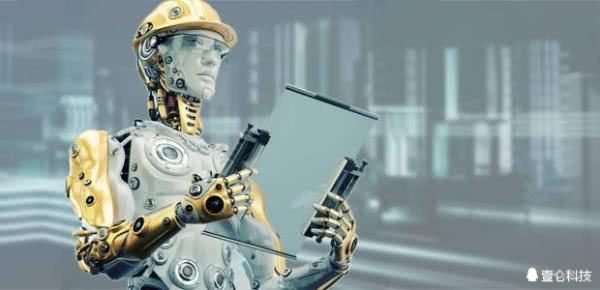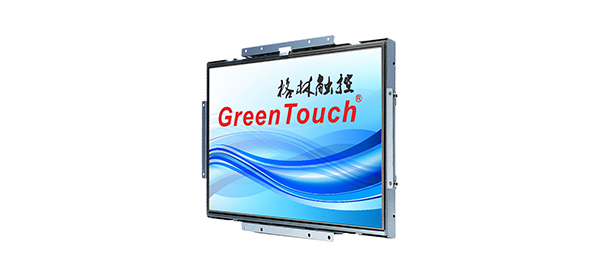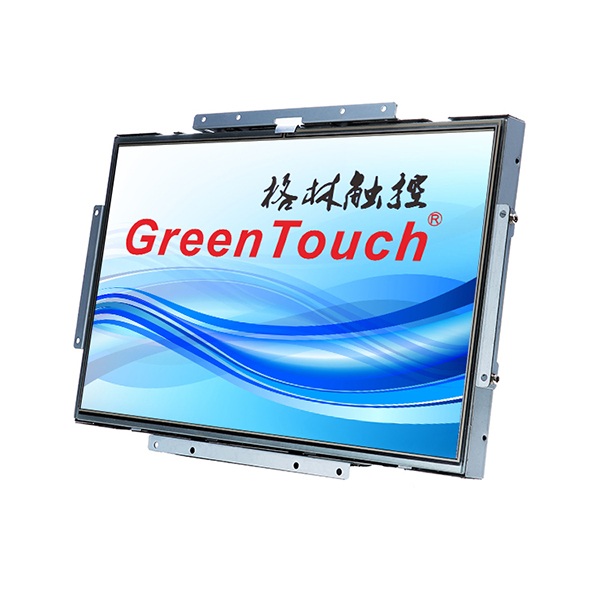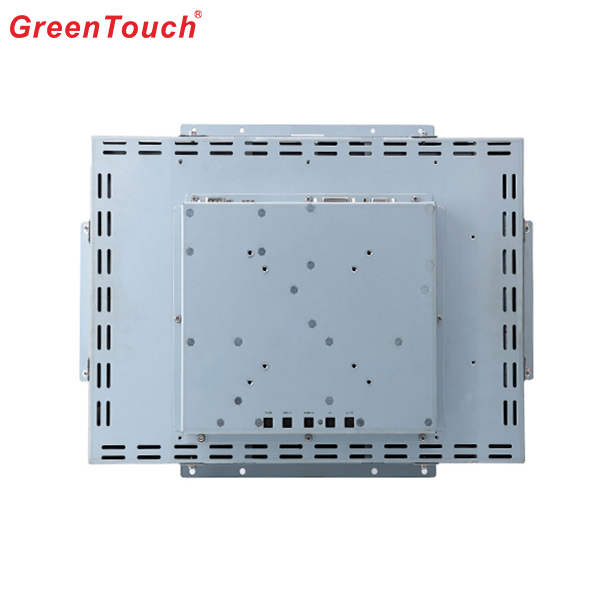Imagine that you are about to go out to pick up your child. You grab the key and hear the equipment on the coffee table. "It seems that your milk will run out tomorrow, and the yogurt is now $1.19. You want to be at Trader Joe's ( Translator's Note: A private grocery chain, directly from the world's farms and producers, do not through the intermediary or agents), the total price of 5.35 US dollars? If you answer yes, then Alexa confirms the order . Orders will be ready in 15 minutes, and when you return home from your child's school, you can pick up the items from the roadside.
This future scenario is not so far away. Amazon, Facebook, Google and Apple are accelerating the realization of consumer expectations, as well as technically feasible things, from day-to-day to machine-driven image recognition technology. You can take a taxi with Siri, or you can book a ticket with just a Facebook chat robot.
Responsive retail has reached its peak and we are about to enter the era of predicTIve commerce. It's time for retailers to help people find the right product when they need it – even before they even realize it – whether they are logged in or ready to click on the buy button on the screen. This change will require the design of an experience that combines our understanding of human behavior with large-scale automation and data integration.

Machine learning is not just about prediction
Retail giants have used machine learning algorithms to predict demand and set prices over the past few years. Amazon acquired patents for predictive inventory technology in 2014, and statements about artificial intelligence, machine learning, and personalized customization technologies have improved since then. Retailers need to think more like technology companies, not just using artificial intelligence and machine learning to predict how to store store inventory, and making shift schedules, while also dynamically recommending and developing products that appeal to individual consumers. price.
Suppose you are on a business trip and then you realize that you forgot to bring your mobile phone charger. If you want a new charger to arrive at the hotel room before the start of an all-day meeting, you will have to pay an additional fee. An electronics retailer may also predict that you want a new headset. It will recommend you to buy a pair of silencer headphones, the price given has taken into account Amazon's current pricing, Best Buy store inventory, on-demand selection of the current rate of express delivery, and the fact that you will have to take bloody tomorrow The plane is home.
This level of forecasting requires the ability to identify subtle patterns from a constantly changing set of data. These data sets include: consumer shopping history, product preferences, and checklists; competitor pricing and inventory; and current and projected product requirements. Here is where artificial intelligence and machine learning come into play, and where the company is actively investing. Etsy has just acquired a company specializing in machine learning to make its search more predictable by giving product recommendations that are not only based on product history and preferences, but with nuances. This is a natural evolution of product recommendations that will serve as the standard for future years.
Achieve the potential of networked devices and data
Predictive retailing involves inspiring consumers on different occasions – before, during and after shopping. Business has become an activity that does not require us to ponder than how we spend an organic part of our daily lives. It’s not just smartphones that let us browse and buy goods involuntarily; Amazon’s Dash buttons and Echo devices powered by Alexa (Amazon Voice Assistant) are making people more convenient at home. Make a purchase. When you find the detergent in the laundry room is running out, you can click the Tide button on the Tide, or when you remember your mother's birthday next week, you can ask Alexa to order a bunch of flowers for her. And these are just the beginnings.
The next generation of smart assistants and networked devices will be able to learn user habits, identify behaviors and environmental patterns, making these experiences more predictable. Devices like Echo will be able to capture data on daily interactions to predict when to trade. Networked devices in retail stores will also have tremendous potential to predict consumer behavior and respond to individual needs. Many stores have used smartphones to focus on customer dynamics and deliver product offers that are closely related to the situation. Advances in biometrics, identification technology and location sensors will allow retailers to understand how you feel, how much time you spend browsing products, and whether you are just getting out of work or just getting fit. Custom product content. For such a scene, you can imagine it.
Retailers will need to write specific experiences with the same positioning and personalization services they offer online. Imagine, when you passed Nordstrom, you received a notice on your mobile phone, suggesting that you buy a pair of new sneakers, and your current pair has almost ran 500 miles with you, already ruined. Rotten - all of this is recorded by a chip on the sole and then sent to your fitness app. You slide this notification, choose the style you want to try, and then an in-store map guides you to find a clerk who is waiting for you with your shoes.
Accept people-oriented design
The future of predictive retailing requires a new ecosystem for business. These systems will be built on people, not around specific devices or online and offline experiences. These systems will need to integrate human ties and narratives, spatial design and context, and a lot of data.
Many retailers are already at the forefront of this change by creating innovative laboratories. These labs are staffed with dedicated teams and spaces to develop new ideas and test the digital experience of connecting the online and in-store worlds. The innovative laboratory at Sephora is a great example. The brand introduced a "store mode" in its mobile app that integrates the user's online shopping cart and the Beauty Insider loyalty card to remind users of the products they already have and the points they have earned. And the benefits they currently enjoy, such as a free beauty.
Retail chains, brands and e-commerce companies are also working together to achieve new ideas. A few years ago, Westfield's lab partnered with eBay to build a 10-foot interactive screen in its San Francisco shopping mall. Shoppers swipe the screen to browse products such as Rebecca Minkoff and Sony, and then they can buy them directly.
Building predictive capabilities at the top of this artificial intelligence-driven infrastructure will have enormous potential. Imagine a shop window that connects to your phone and then displays personalized content. For example, you may be browsing a gift for a parent's birthday, or a swimsuit for the next holiday, which has been customized based on the board you are following on Pinterest and the brand you are following on Instagram. By connecting data from multiple sources and user-centric design, retailers can create more relevant experiences that take you to the store and get you to the site or use their apps. What's more, they can even predict what you want first.
Consider privacy, build trust
There are always trade-offs between privacy and personalization; this is true for every generation of technology. Retailers need to make transparency, respect and security a priority for their actions and take action in these areas. They also need to demonstrate their value. Google is doing a good job at this point, not only in terms of personalized search results, but also in terms of services, such as Google Now, which integrates your calendar and Google Maps to remind you of the road trip to the meeting place. Usually worse, and will tell you, if you want to arrive at the response on time, when should you leave the office.
Many of us are willing to share personal information for a wonderful and valuable experience that cannot be obtained elsewhere. Retailers will need to create experiences that make this wonderful and valuable. This innovation has begun. In the future, people will expect even faster and smarter services than they do today. At some point in the near future, people's expectations will shift from "on demand" to "predictive" business. It is time for retailers to stay ahead of this change.
The touch monitor is a product developed and designed by ourselves. It has been sold for more than 6 years and has exceeded 160,000 units. At present, it is running very well. It mainly customizes different touch technologies, different sizes, different interfaces, connecting cables and power supply parts to meet the needs of guests. We provide customers with the choice of resistive Touch Screen, Capacitive Touch Screen, Infrared Touch Screen and nano touch foil, and customize various interfaces for customers, such as: VGA, DVI, HDMI, DP and so on. It is mainly used in banks, hospitals, government units, airports, railway stations, supermarkets, real estate and other places.
Product show:






Touch Screen Monitor,Multi Touch Display Monitor,Outdoor Touch Screen Monitor,Waterproof Touch Monitor,Commercial Touch Screen Monitor,KTV Touch Screen Monitor
ShenZhen GreenTouch Technology Co.,Ltd , https://www.bbstouch.com